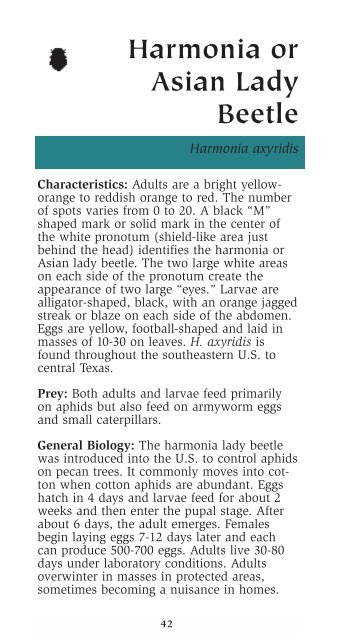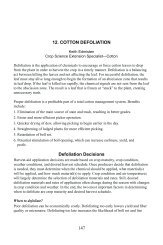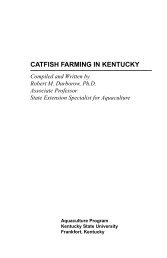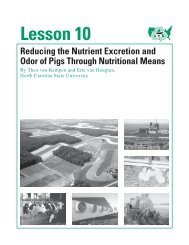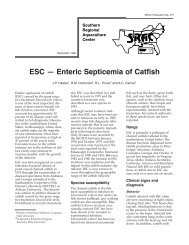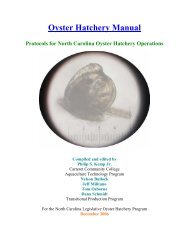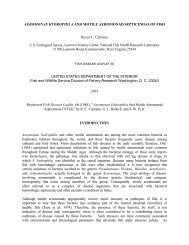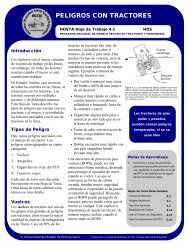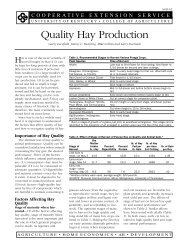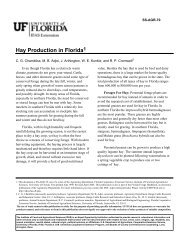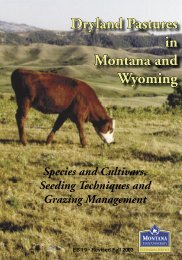Recognizing the Good Bugs in Cotton - Texas Is Cotton Country ...
Recognizing the Good Bugs in Cotton - Texas Is Cotton Country ...
Recognizing the Good Bugs in Cotton - Texas Is Cotton Country ...
You also want an ePaper? Increase the reach of your titles
YUMPU automatically turns print PDFs into web optimized ePapers that Google loves.
Harmonia or<br />
Asian Lady<br />
Beetle<br />
Harmonia axyridis<br />
Characteristics: Adults are a bright yelloworange<br />
to reddish orange to red. The number<br />
of spots varies from 0 to 20. A black “M”<br />
shaped mark or solid mark <strong>in</strong> <strong>the</strong> center of<br />
<strong>the</strong> white pronotum (shield-like area just<br />
beh<strong>in</strong>d <strong>the</strong> head) identifies <strong>the</strong> harmonia or<br />
Asian lady beetle. The two large white areas<br />
on each side of <strong>the</strong> pronotum create <strong>the</strong><br />
appearance of two large “eyes.” Larvae are<br />
alligator-shaped, black, with an orange jagged<br />
streak or blaze on each side of <strong>the</strong> abdomen.<br />
Eggs are yellow, football-shaped and laid <strong>in</strong><br />
masses of 10-30 on leaves. H. axyridis is<br />
found throughout <strong>the</strong> sou<strong>the</strong>astern U.S. to<br />
central <strong>Texas</strong>.<br />
Prey: Both adults and larvae feed primarily<br />
on aphids but also feed on armyworm eggs<br />
and small caterpillars.<br />
General Biology: The harmonia lady beetle<br />
was <strong>in</strong>troduced <strong>in</strong>to <strong>the</strong> U.S. to control aphids<br />
on pecan trees. It commonly moves <strong>in</strong>to cotton<br />
when cotton aphids are abundant. Eggs<br />
hatch <strong>in</strong> 4 days and larvae feed for about 2<br />
weeks and <strong>the</strong>n enter <strong>the</strong> pupal stage. After<br />
about 6 days, <strong>the</strong> adult emerges. Females<br />
beg<strong>in</strong> lay<strong>in</strong>g eggs 7-12 days later and each<br />
can produce 500-700 eggs. Adults live 30-80<br />
days under laboratory conditions. Adults<br />
overw<strong>in</strong>ter <strong>in</strong> masses <strong>in</strong> protected areas,<br />
sometimes becom<strong>in</strong>g a nuisance <strong>in</strong> homes.<br />
42


